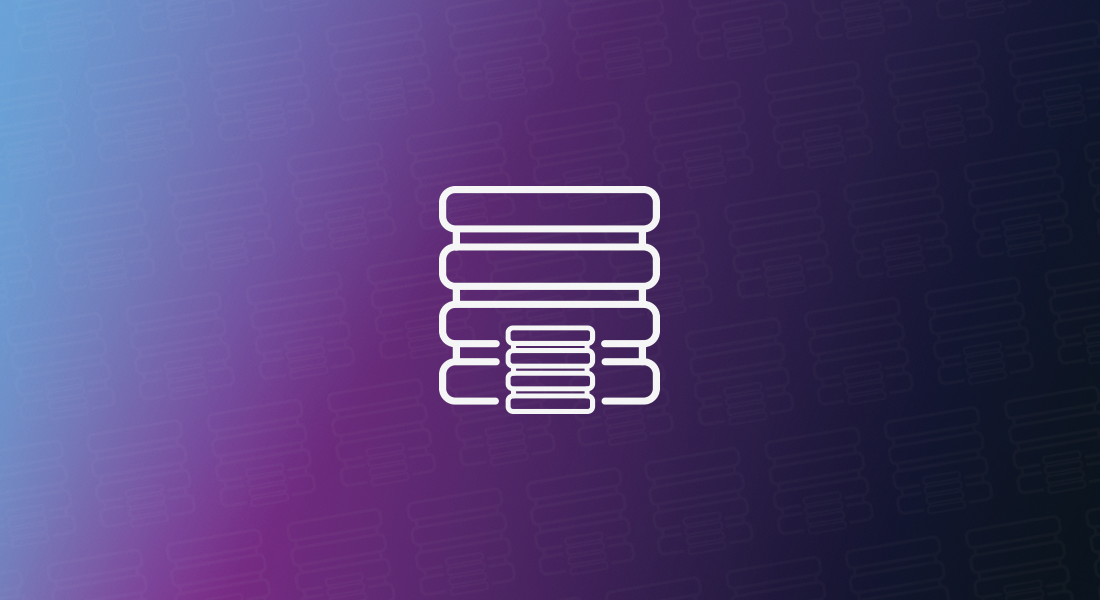
Part 1: The challenge and the opportunity Mental illness continues to profoundly affect the nation’s population and, for the most part, remains greatly under analyzed. This is the first entry in a series about the mental health problem in the US, and how an analytic approach can improve care for








